
Imagine the Future Competition 2022/2023
Scenarios provide plausible alternative views of the future. Building and using scenarios can help us explore what the future might look like and the likely challenges of living in it. Join the Imagine the Future Scenarios Competition and shape the way we live, work and play!
Since 2016, Shell has been inviting university students to imagine the future of more and cleaner energy in Asian and Middle Eastern cities and how it will change the way we live, work and play.
Key Dates for Regional Finals 2022/2023:
Deadline for registration: 13 June 2023, 1700hrs SGT
Deadline for submission: 30 June 2023, 1700hrs SGT
Regional Finals: 10 July 2023, 1400hrs SGT
How today's youth see our world in 2060
A world where holograms surround you, buildings are made of self growing concrete and living underground is a compelling option.
These are some of the ideas that the Singapore undergraduate teams discussed in the 7th edition of Shell Imagine the Future Scenarios Competition.
Each year, student teams pick a city of their choice as they answer the question, “What will more and cleaner energy look like in an Asia Pacific or Middle Eastern city in 2060? How will residents live, work and play?”.
The winner, Team Dhaka2060, from the National University of Singapore, painted two futures of the Bangladeshi capital in 2060. They will go on to compete in the regional finals. Coming in second with their scenarios on Bangalore is Team North Hill Republic from the Nanyang Technological University (NTU). In third position, Team Urban Rethink also from NTU who explored scenarios on Bangkok in 2060.
Imagining Dhaka City in 2060: Green Straitjacket versus Silicon Delta by DHAKA2060 from National University of Singapore

In a future where climate change and overpopulation are unavoidable, we consider two divergent scenarios predicated on two major critical uncertainties; the energy security of Dhaka city in both its energy mix and supply chain, and the degree and nature of government controls.
In Green Straightjacket , Dhaka’s energy supply comprises a highly diversified network of domestically produced renewables, with minimal reliance on foreign states. Crucially, the supply and provision of energy is wholly controlled by the state. The city resembles a command economy, coordinating statutory boards and energy suppliers to ensure a largely equitable and steady delivery of power to consumers. With an abundant and stable energy supply, production is streamlined, and more resources channelled into exploring emerging markets in technology. Nevertheless, such reliance on state direction is not without flaws. As Dhaka enters a new surveillance state, individual agency is largely forfeited, with complex artificial intelligences deployed by the government to ensure compliance. The way people work, live and play is confined within state planning and permission, in order to secure a sustainable future.
In Silicon Delta, Dhaka is a hub of foreign investment and opportunity, becoming a primary technological center in Asia. The city is heavily reliant on its allies for renewable, clean energy supply. In the spirit of a free market economy, the government imposes minimal to no capital controls. Yet, such decentralisation of the energy supply chain spurs strong competition between domestic and foreign corporations involved, contributing towards uncertainties in pricing and accessibility. Moreover, dependency on foreign energy imports leaves the city vulnerable to energy shocks, price inflation and political turbulence in its supplier nations. Nevertheless, uncertainty need not be detrimental. With reduced state surveillance and an abundant energy supply, entrepreneurial ways of harnessing technology emerge for instance, to streamline public services and make utilities more accessible. The city thus becomes a canvas for individual expression, sometimes for the betterment of society and at other times profligacy of public resources.
Imagining Possible Futures of Bangalore City by North Hill Republic from Nanyang Technological University

Team North Hill Republic analyses the present situation of Bangalore City, India, and evaluates how the critical uncertainties, namely the pace of technological growth and the nature of environmental efforts made, may affect how people live, work, and play in 2060.
The team imagined two futures: Kannagi’s Anklet and Lakshamma’s Fort.
Kannagi’s Anklet
In our first scenario, titled “Kannagi’s Anklet’’, Bangalore prioritizes aggressive technological sector growth, whilst efforts to deal with the environment heavily focus on adapting to the consequences of environmental issues the city faces. The city is powered by many cutting-edge innovations, such as Artificial General Interface (AGI), Brain-Computer Interface (BCI), and Virtual Reality, revolutionizing the lives of many citizens. Bangaloreansdisplay resilience in adapting to harsh environmental conditions such as flooding amidst this bustling technological hub.
Lakshamma’s Fort
In our second scenario, titled “Lakshamma’s Fort”, Bangalore transitioned toward environmental efforts that tackle root causes of environmental problems, while experiencing a slowdown in the growth of the technological sector. The city is re-developed according to sponge city concepts and dotted with developments such as Self-Growing Concrete and green spaces for relaxation and bonding. While the city may have lost the crown of the “Silicon Valley of India”, it has certainly strengthened its title as the “Garden City”.
Imagining the Future of Bangkok 2060 by Urban ReThink from Nanyang Technological University

SCENARIO 1: P̄hū̂bạỵchākār[ผู้บัญชาการ]
(Commander, MBTI: ENTJ)
(Aggressive adoption of technology + Unfocused social welfare)
Fast-forwarding to 2060, is when Bangkok adopts technology aggressively, taking risk for increased efficiency and productivity. This enabled multiple technological breakthroughs and engineering marvels. The smart water city is one such example where the water is utilized and incorporated into the architecture of the city. Buildings are free to move with the water level, making Bangkok the most flood resilient city. In terms of culture, due to the convenience of hyperloop, Bangkok has become the common place for sharing of different ideas, traditions, and knowledge from people across the region. However, technological advancement comes at a cost of widened income inequality and a stifled population where everything is monitored, with AI playing a role in peace keeping.
Question for Thought: Is it considered progress if not everyone gets to moves forward together?
SCENARIO 2: Kngs̄ul[กงสุล]
(Consul, MBTI: ESFJ)
(Passive adoption of technology + Focused social welfare)
Stepping into 2060, Bangkok seems to lack behind on technology due to the continuous passive approach. Existing or matured technology is introduced in Bangkok only when there is a need or a problem that has surfaced, setting back the advancement of Bangkok. “Living on water” has become a norm with Bangkok decentralized and becoming flood resilient. Despite the setbacks, Bangkokians are happier than before with large support in healthcare, education and maintaining social equality. Bangkok has slowly evolved to a Health tourism hub for professionals and the aging population. The needs of the people are the main drivers of Bangkok’s urban planning and advancement of technology, pushing the urban greenspaces, start-up trend, VR and AR to rise by 2060.
Question for Thought: If something is not broken, do we need to improve it?
Shell Imagine the Future Scenarios Competition 2022/2023 | Singapore National Finals
Title: Imagine The Future Scenarios Competition
Duration: 1 minute 17 seconds
[Video Footage]
Female interview
[Dialogue: Female]
The future’s a lot closer than we think.
[Text Display]
IMAGINE THE FUTURE
SCENARIOS COMPETITION
[Video Footage]
Three friends having a discussion.
[Video Footage]
Male interview
[Dialogue: male]
The imagine the future competition is about building scenarios, imagining how a city would progress in the future.
[Video Footage]
A student giving presentation.
[Video Footage]
Three students having a discussion.
[Video Footage]
A group of students giving presentation.
[Dialogue: Female]
All of us came into this competition with the mindset of can I predict the future?
[Video Footage]
Female interview
[Video Footage]
Female interview
[Video Footage]
Students watching something on the tablet.
[Video Footage]
A person arranging some cards on the table.
[Video Footage]
Students presenting in front of the judges.
[Video Footage]
A judging commenting while the presentation.
[Video Footage]
Students presenting in front of the judges.
[Dialogue: Female]
But it is really about showing a possible scope for the future and not just throwing out futuristic ideas that feel a bit dystopian or utopian.
[Video Footage]
Female interview
[Video Footage]
Female interview
[Dialogue: Female]
If only we had a time machine, but we don’t. So it’s very important that we’re able to portray realistic images of our future.
[Video Footage]
Students giving a presentation.
[Video Footage]
Judges analysing students’ presentation model.
[Video Footage]
Female interview
[Dialogue: Female]
We get to see how we, as youths, have a stake in building the future that we want, enacting the change that we want.
[Video Footage]
Students giving a presentation.
[Video Footage]
A judge listening to the presentation.
[Video Footage]
A judge giving her comments to a group of students.
[Video Footage]
Female interview
[Dialogue: Female]
The world today is uncertain, yes.
[Video Footage]
Male interview
[Dialogue: Male]
There are issues that can really arise that can directly affect all of us directly.
[Video Footage]
A judge giving his comments to a group of students.
[Video Footage]
A group of students giving a presentation.
[Video Footage]
Female interview
[Dialogue: Female]
So I would say it’s important for every individual to explore the possibilities there are.
[Video Footage]
Female interview
[Dialogue: Female]
To get educated what is going to happen and everybody must be aware of it.
[Video Footage]
A female recording the presentation on a cell phone.
[Video Footage]
Male interview
[Dialogue: Male]
We are the ones who have the power to bring change. It’s the questions we ask and the decisions we make that changes everything.
[Video Footage]
Students listening to the presentation.
[Video Footage]
Two students giving a presentation using a cell phone.
[Video Footage]
Female interview
[Dialogue: Female]
Because it’s human nature to just take one step at a time.
[Video Footage]
A group of students presenting their model.
[Video Footage]
Male interview
[Dialogue: Male]
So as a society we can really shape our own future by letting our voices be heard.
[Video Footage]
A group of people waving to the camera.
[Video Footage]
A group of people posing to the camera with their thumbs up.
[Video Footage]
A large group of people speaking together.
[Dialogue: Female]
Imagine the future.
[Text Display]
IMAGINE THE FUTURE
Shell Imagine the Future Scenarios Competition 2022/2023 Singapore National Finals | The Journey
Title: Imagine The Future Scenarios Competition
Duration: 48 seconds
Description:
[Video Footage]
Female Interview
[Dialogue: Female]
I imagine the future to be the collaboration between people of different backgrounds.
[Video Footage]
Male Interview
[Dialogue: Male]
Everyone is very conscious about climate change.
[Video Footage]
Female Interview
[Dialogue: Female]
Sustainable coexistence of human tech and nature.
[Text Display]
How do you imagine the future?
[Video Footage]
A man wearing VR headset
[Dialogue: Female]
Imagine the future to be around where countries can collaborate peacefully together
[Video Footage]
A man is giving presentation.
[Video Footage]
Female Interview
[Video Footage]
A female discussing with others.
[Video Footage]
Female Interview
[Dialogue: Female]
Interconnected as well as vibrant.
[Video Footage]
Group of people greeting each other.
[Dialogue: Male]
Where everybody can work together and live harmoniously.
[Video Footage]
A female presenting in front of two other people
[Video Footage]
Male Interview
[Video Footage]
A group of people talking to each other.
[Video Footage]
Male Interview
[Dialogue: Male]
There will be no cars on the road anymore.
[Video Footage]
Female Interview
[Dialogue: Female]
A cup of coffee with [inaudible] in my hand when I hold it up.
[Video Footage]
Male Interview
[Dialogue: Male]
I imagine the future to be a more equal place forever to live in.
[Video Footage]
Male Interview
[Dialogue: Male]
A place where it is dominated by AI.
[Video Footage]
A group of students presenting in front of the judges.
[Video Footage]
Judges giving their comments.
[Video Footage]
Female Interview
[Dialogue: Female]
All of us live, work and stay in the metaverse.
[Video Footage]
Students giving their presentation.
[Video Footage]
Male interview
[Dialogue: Male]
The future brings about many possibilities.
[Video Footage]
Students giving their presentation.
[Video Footage]
Group discussion.
[Video Footage]
Male Interview
[Dialogue: Male]
There’s a lot of things that we are not sure about but I’m very hopeful that we will move toward some more inclusive, diverse, and prosperous society.
[Text Display]
Imagine the future scenarios competition
[Text Display]
Imagine the Future scenarios
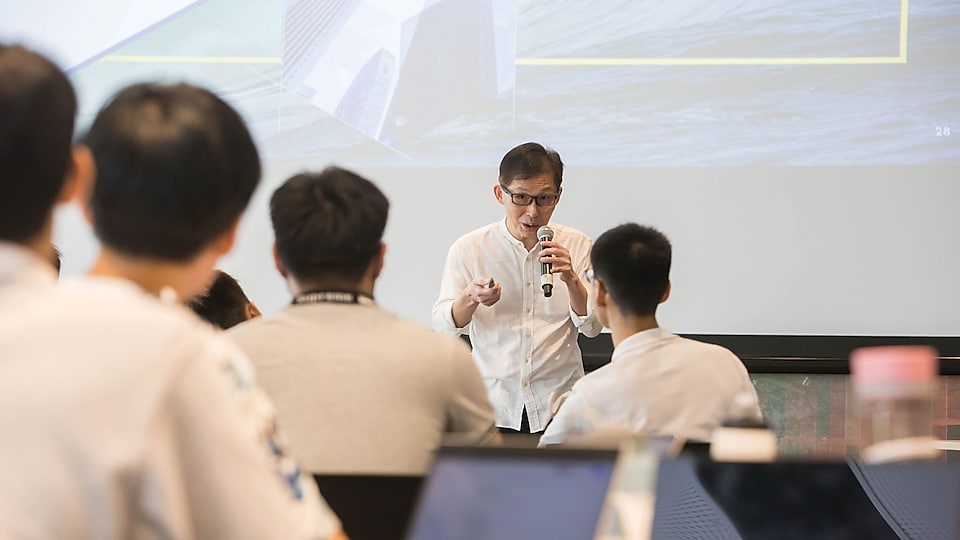
Discover what possibilities lie in the future of energy through the Imagine the Future Scenarios Competition.
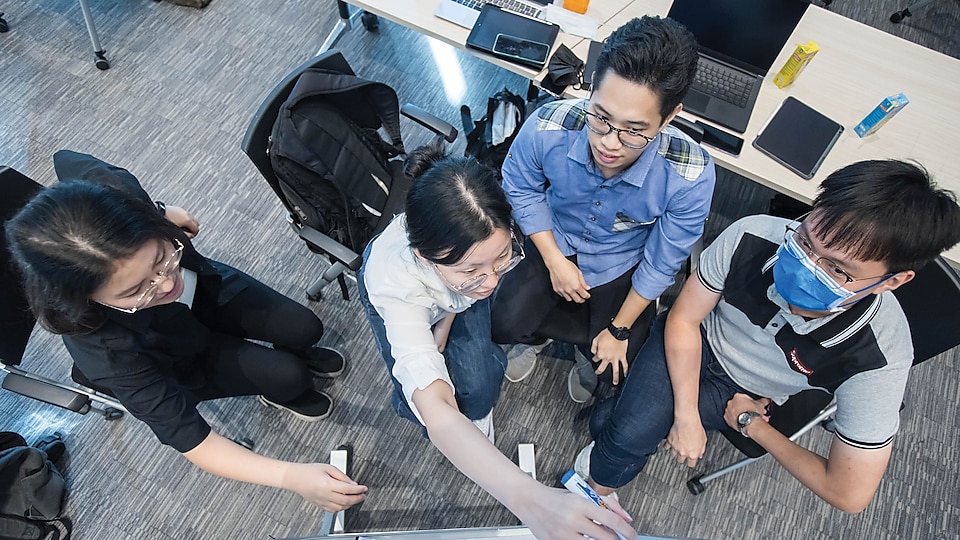
Scenarios provide plausible alternative views of the future.
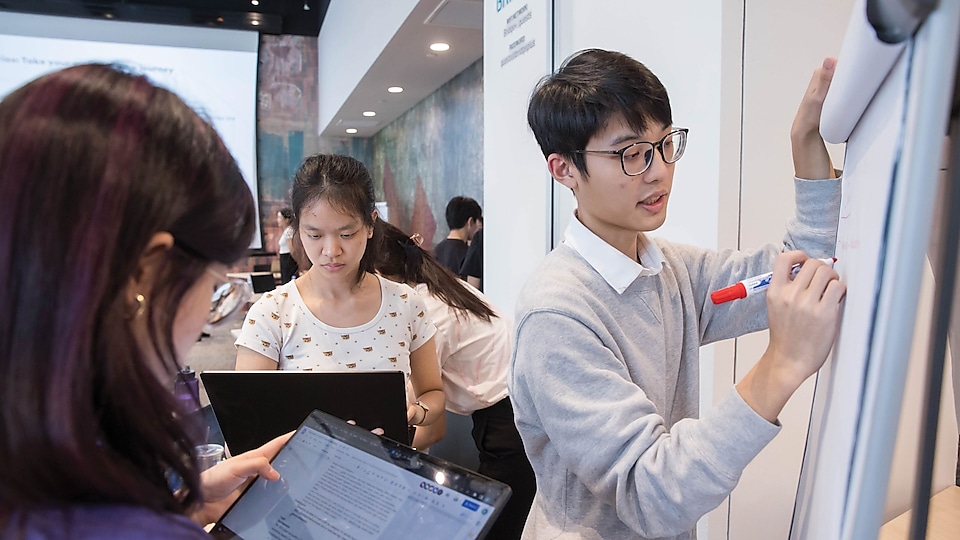
Imagine how we would live, work and play in 2060? How different would it be?
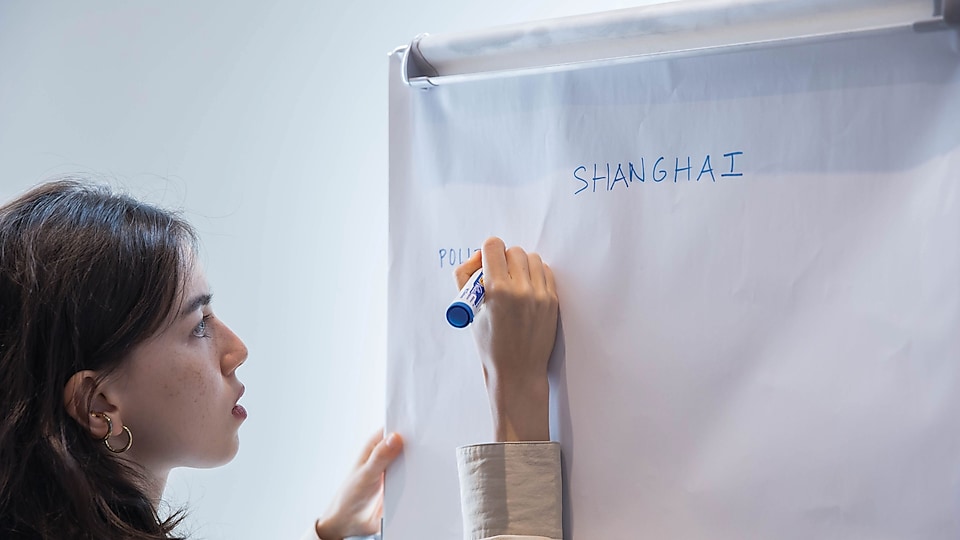
Each team will choose a city of choice and begin crafting their scenarios for the Competition.
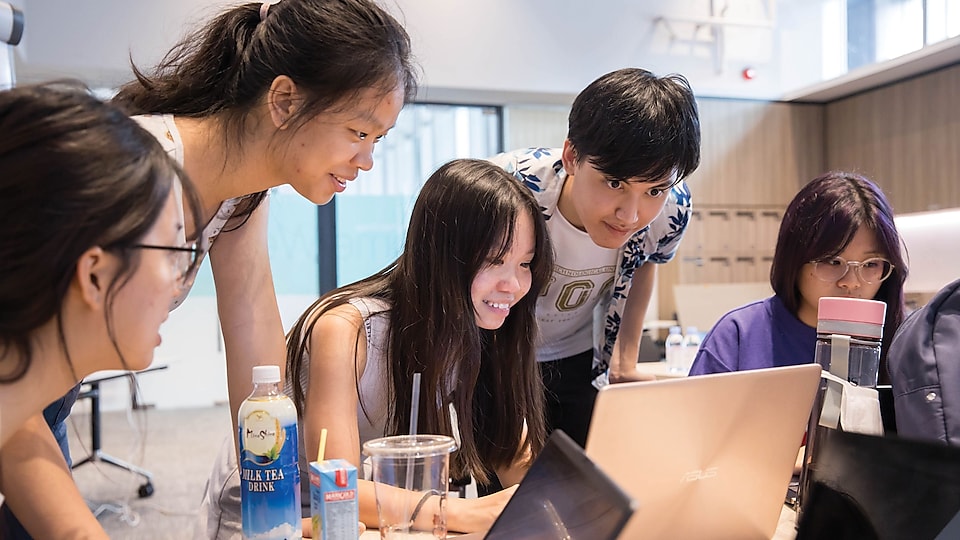
Teams will work closely together to better develop their scenarios.
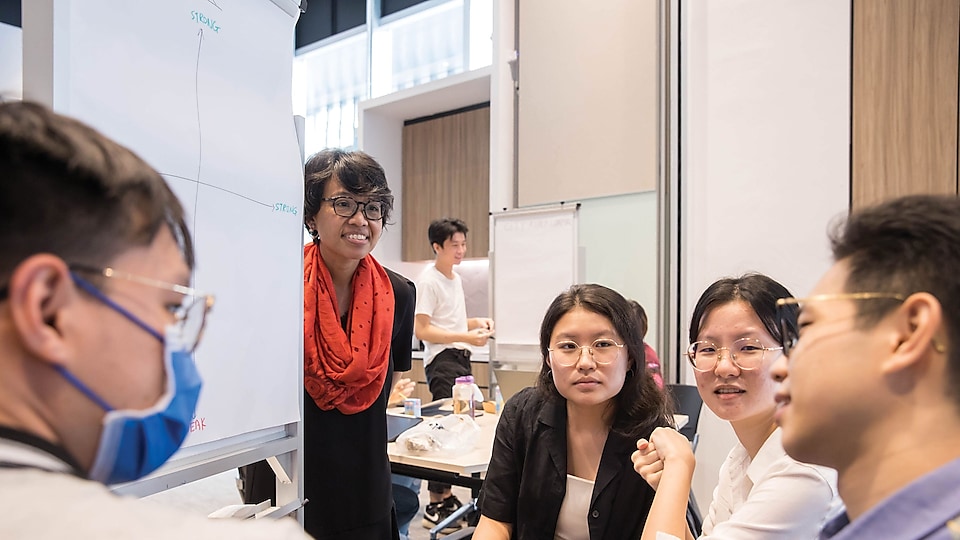
Teams receive immediate feedback to work on their understanding of the materials during the scenarios training session.
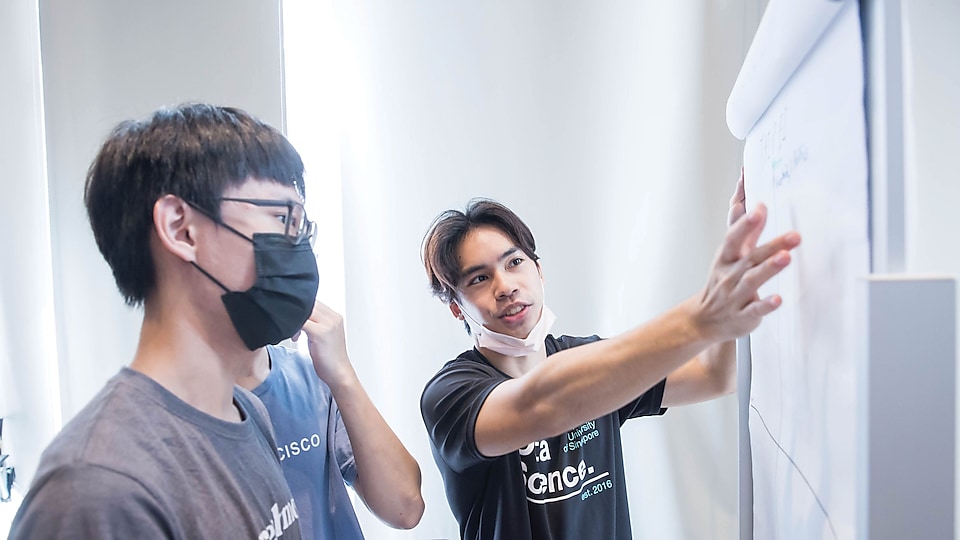
Imagine the Future Scenarios Competition allows the teams to explore ideas that are out of the box.
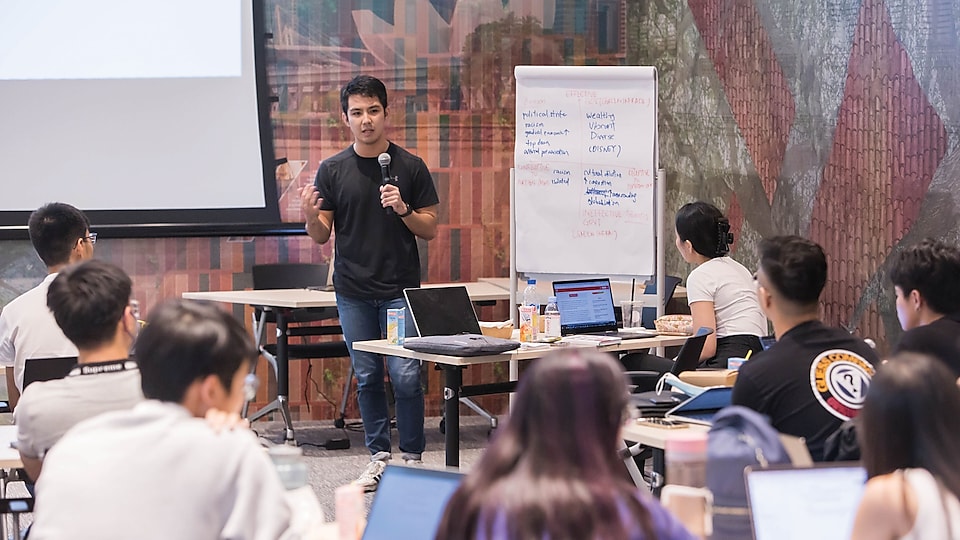
Powering progress together through ideas and discussions on the future of energy.
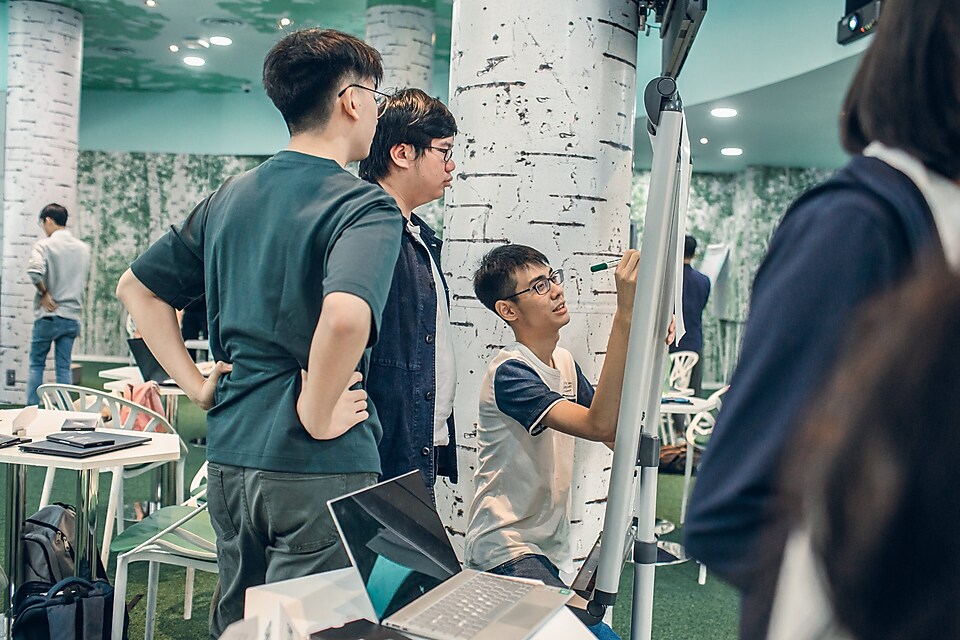
Teams attending a workshop, conducted by the Centre for Strategic Futures, to learn more about scenario planning in Singapore.
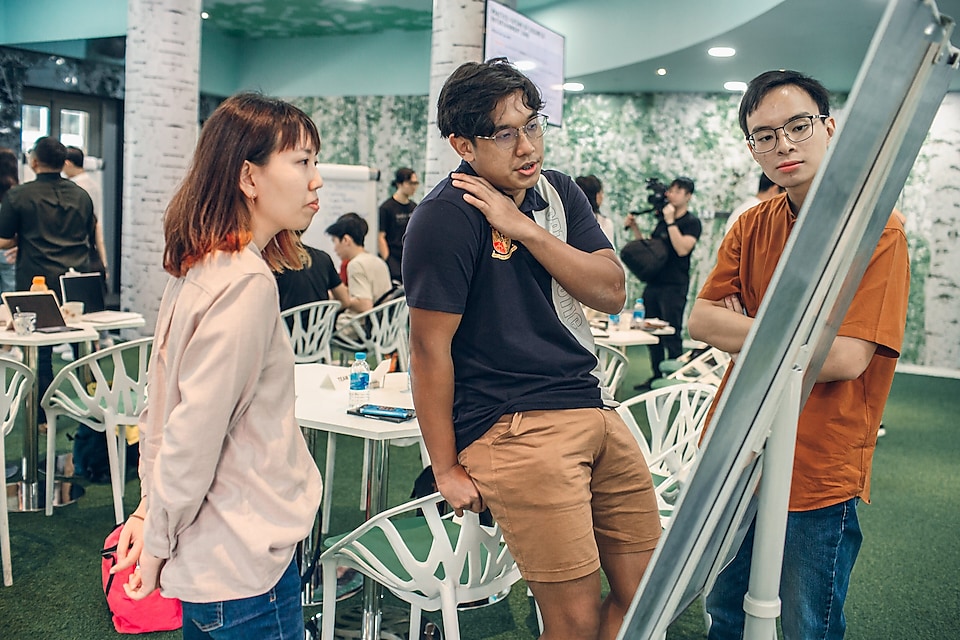
Teams engaging the trainers on their scenario analysis.

Teams vocalising their thoughts with the wider team during the Q&A session.
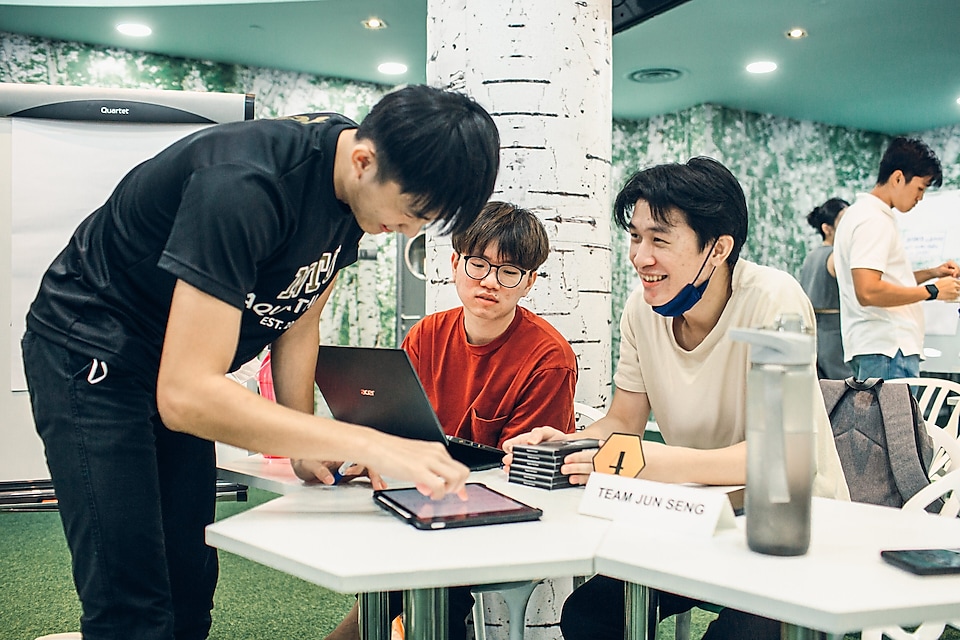
Teams ideating during a hands-on activity, generating a Futures Wheel.
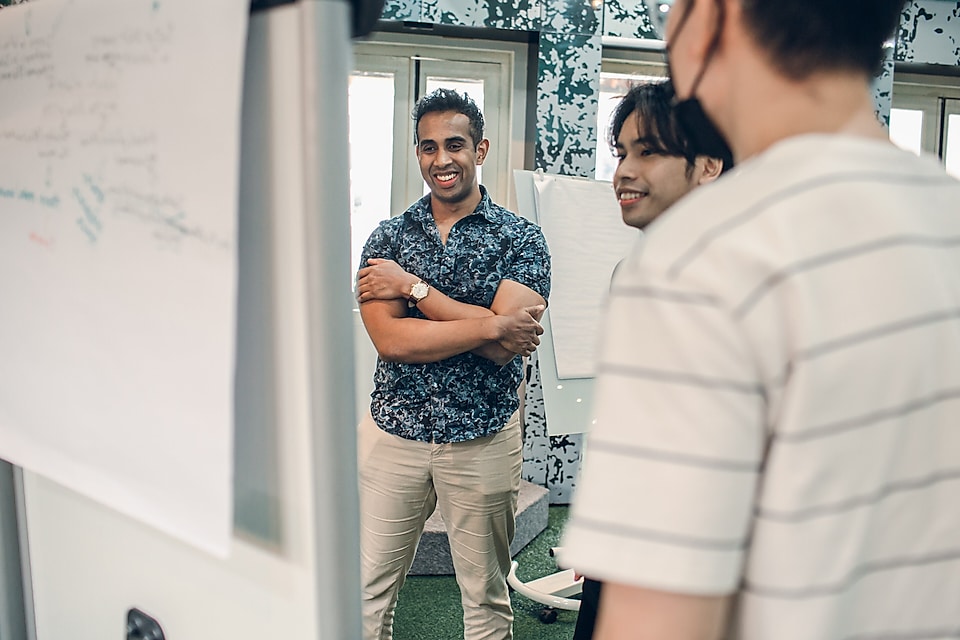
Teams consulting the trainers on their case study practice.
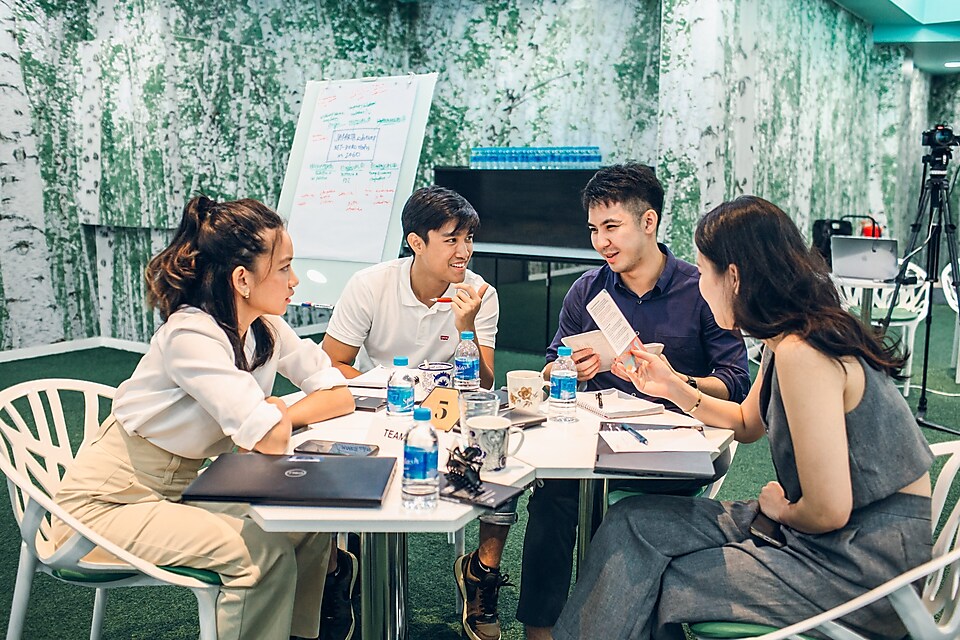
Teams discussing the 2040 Driving Forces – key forces of change that will shape the operating context in the next 20 years, produced by the Centre for Strategic Futures.

Teams sharing their key takeaways from the session.

Teams attend a storytelling workshop where they learn how to creatively deliver their scenarios for the Singapore Finals.
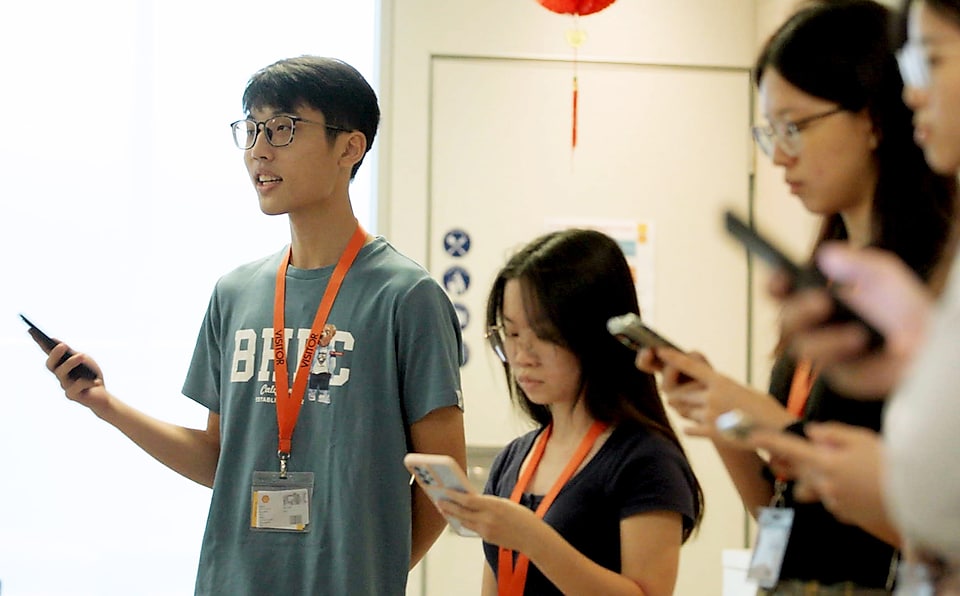
Teams practicing their draft presentations during the workshop.
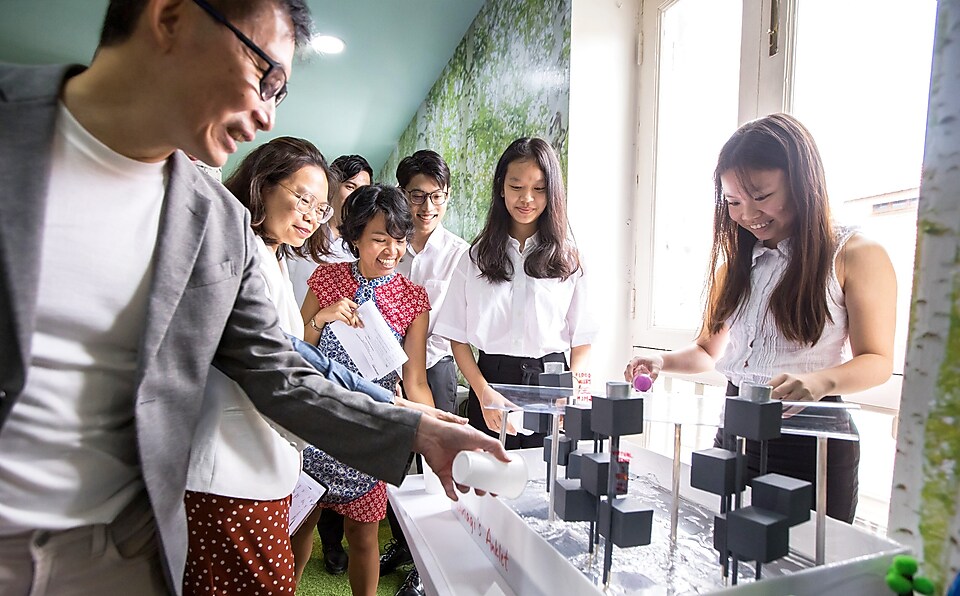
Judges engaging with the team’s display exhibits.
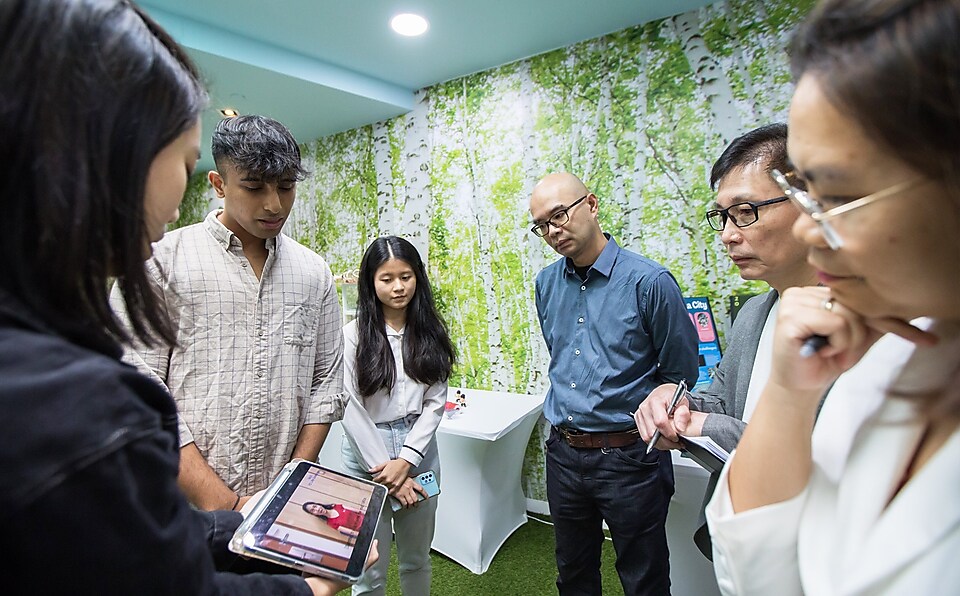
Judges viewing a video put together by the team.

A team describing their display exhibit, modelled after Hong Kong, to the judges.
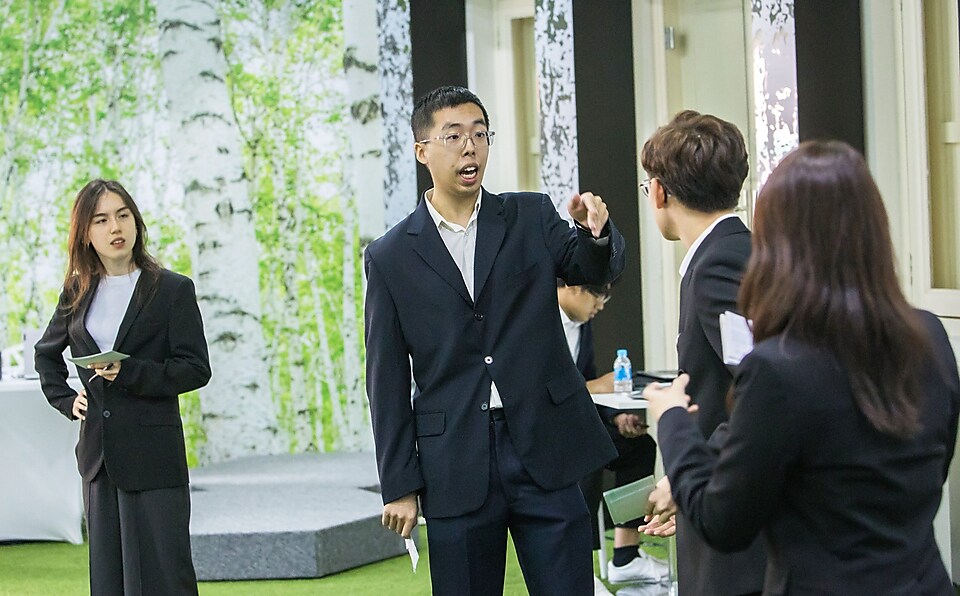
A team captivating the audience’s attention with an engaging skit.
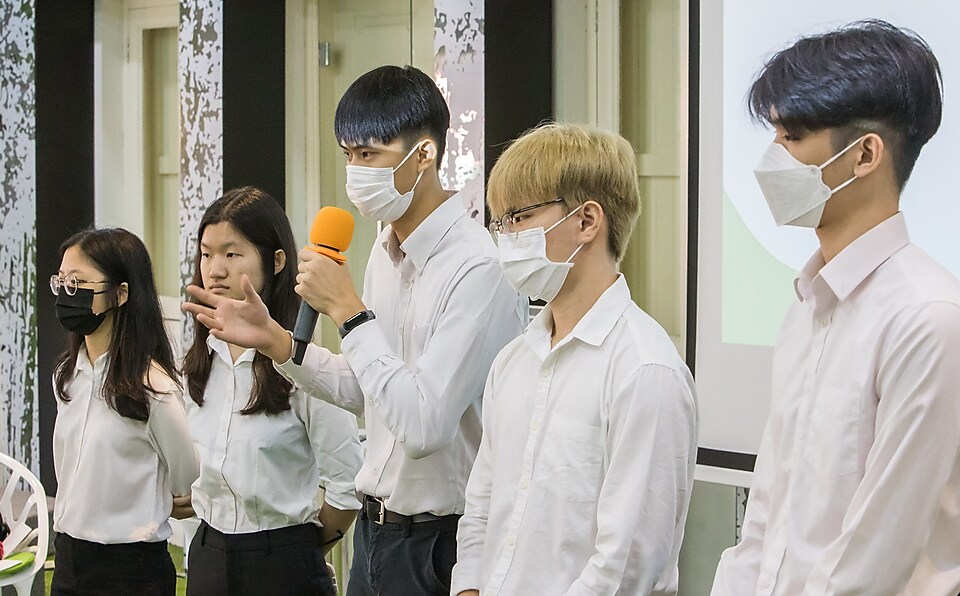
A team taking questions from judges after their presentation.
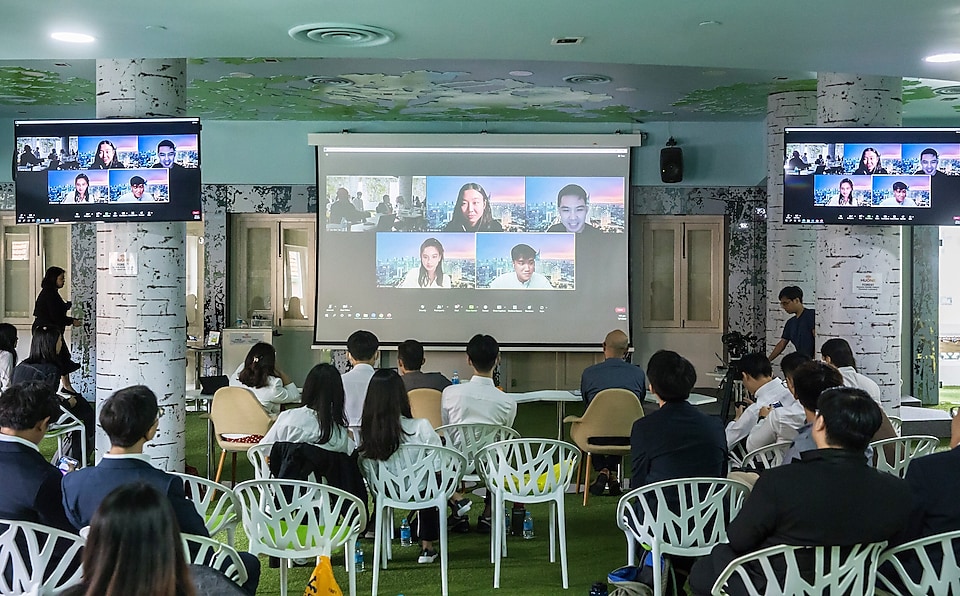
A team dialing in virtually for their presentation.

A team acting out their scenarios.

Judges questioning the team to better understand their presentation.
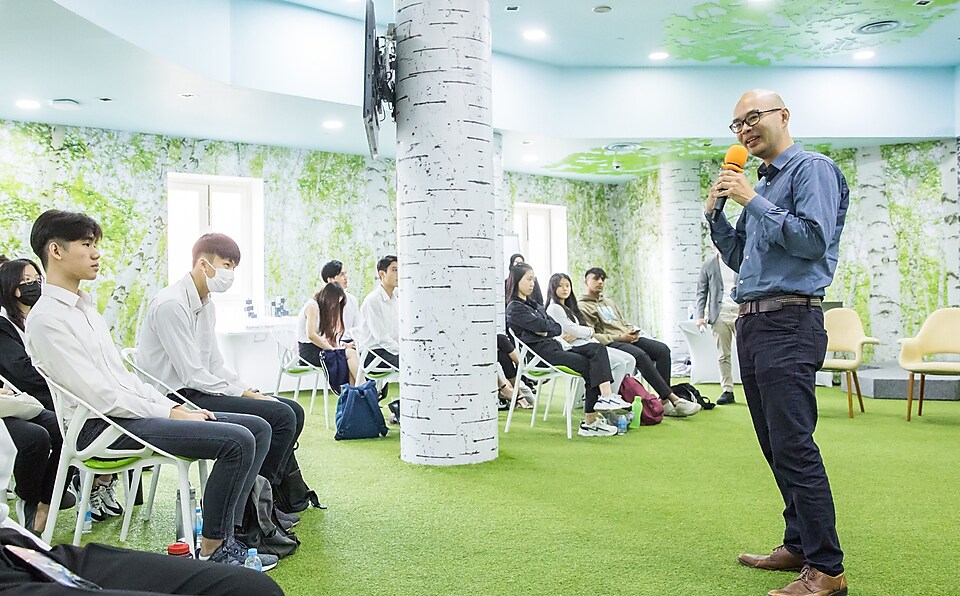
Judges sharing their feedback on the scenarios presented.
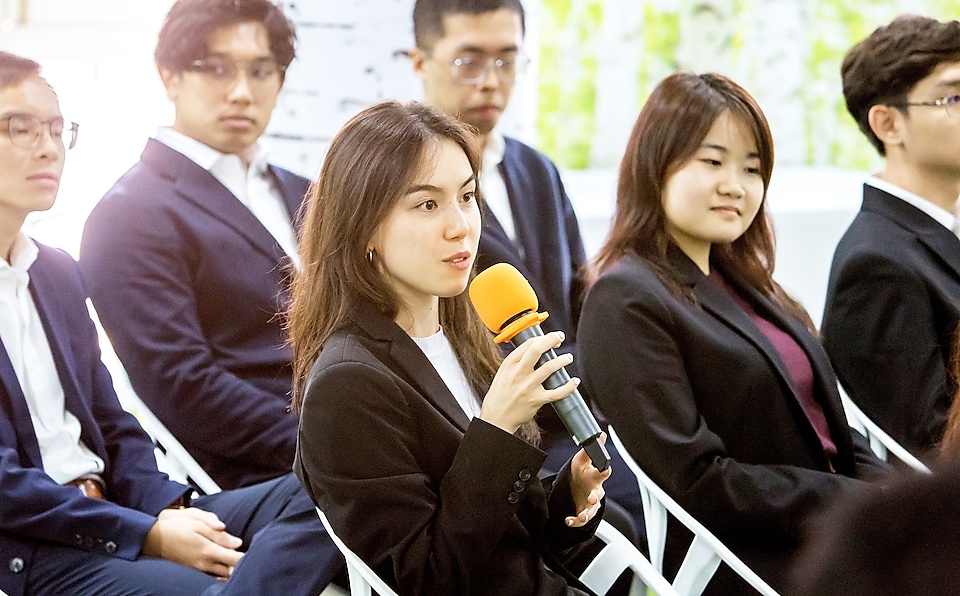
Teams sharing their reflections on their competition journey.
